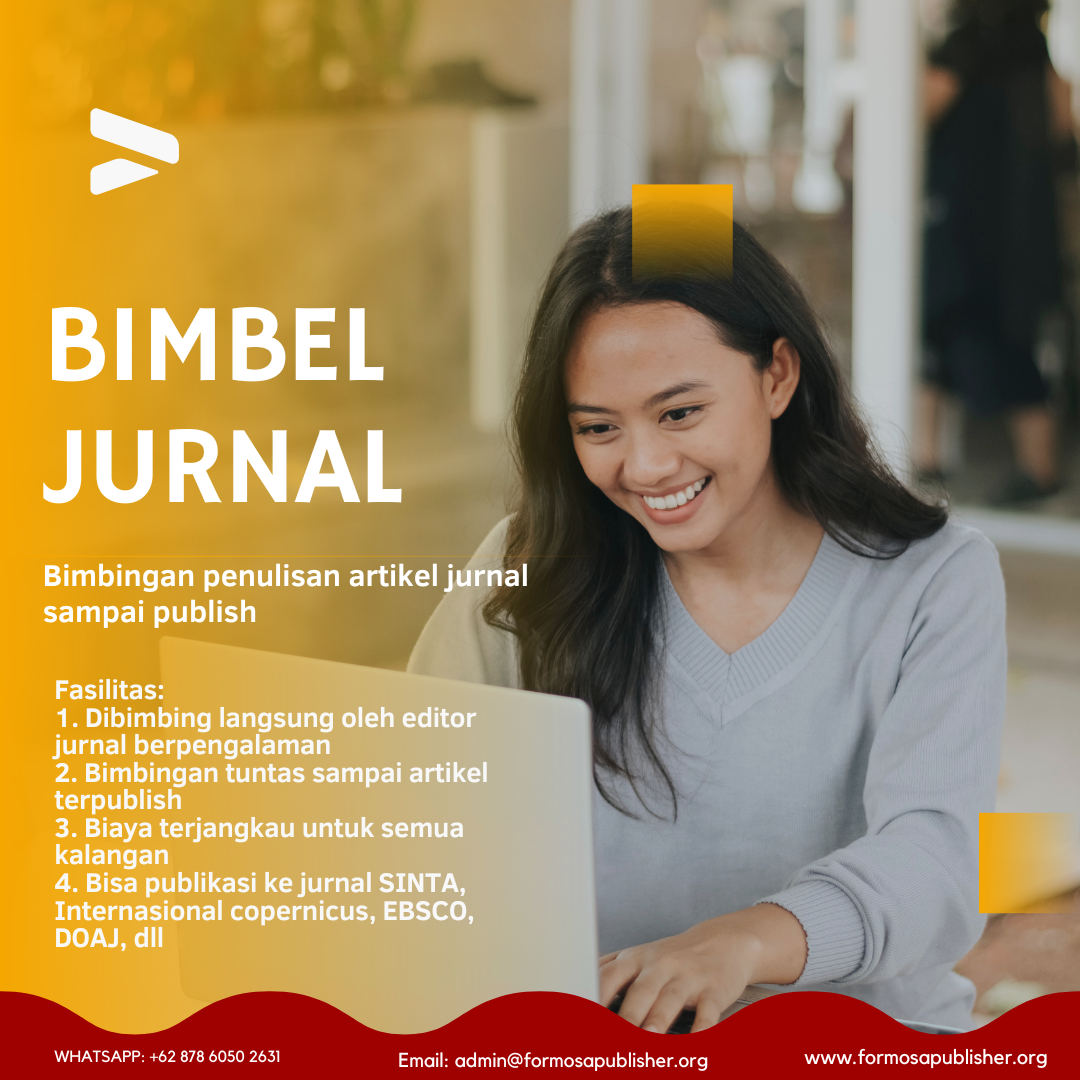Meaning of Creative Campaign in Arief Muhammad’s Billboards ‘Ready to be Number 1’ (Roland Barthes Semiotics Analysis)
DOI:
https://doi.org/10.55927/mudima.v3i7.4950Keywords:
Billboards, Arief Muhammad’s, Creative Campaign, Guerilla Marketing, Roland Barthes SemioticsAbstract
Billboards are one of the outdoor promotional media used to convey information or notifications to the public, which are usually used by many legislative candidates to carry out political campaigns. One of the viral billboards that was in the spotlight in 2020 because it looked like it was carrying out a political campaign, was when Arief Muhammad's face was surprisingly complete with the words 'Ready to Be Number 1' emblazoned on a street corner located in Bintaro, South Jakarta, which was interpreted by the public will plunge into the world of politics in Indonesia. The purpose of this study is to focus on how a billboard can support marketing performance through a creative campaign that is packaged with a guerilla marketing strategy using Roland Barthes' semiotics, to produce denotative, connotative, mythical meanings, along with the findings of the ideology of capitalism and nationalism on these viral billboards. The results of this study indicate that all verbal and nonverbal signs on the billboard 'Ready to Be Number 1' are interpreted as a form of Arief Muhammad's seriousness in acquiring, promoting, and making Prepp Studio the number 1 men's fashion brand in Indonesia, under his leadership with Dimas Mairyan’s. The researcher concludes that the 'Ready to Be Number 1' billboard tries to take advantage of the momentum of the 2020 Regional Head Election campaign to support the campaign so that it becomes stronger with political overtones
References
Barthes, R. (2009). Mitologi. Yogyakarta: Penerbit Kreasi Kencana.
Bungin, B. (2017). Metode Penelitian Kualitatif. Depok: Raja Grafindo.
Danesi, M. (2010). Pesan, Tanda, dan Makna: Buku Teks Dasar Mengenai Semiotika dan Teori Komunikasi. Yogyakarta: Jalasutra.
Kotler, P. & Keller, K. L. (2016). Manajemen Pemasaran, edisi 12. Jakarta: PT. Indeks.
Levin, A. (2020). Influencer Marketing for Brands. Stockholm: Apress.
Littlejohn, S. W., & Foss, K. A. (2011). Teori Komunikasi, edisi 9. Jakarta: Salemba Humanika.
Moleong, L. J. (2018). Metodologi Penelitian Kualitatif Edisi Revisi. Bandung: Remaja Rosdakarya.
Moriarty, dkk. (2011). Advertising. Jakarta: Kencana Prenada Media Group.
Sobur, A. (2016). Semiotika Komunikasi. Bandung: Rosda.
Sugiyono. (2016). Metode Penelitian Bisnis (Pendekatan Kuantitatif, Kualitatif, dan R&D). Bandung: Alfabeta.
Tinarbuko, S. (2008). Semiotika Komunikasi Visual. Yogyakarta: Jalasutra.
Dewi, G. (2021). Bahasa Propaganda Baliho Partai Politik Nasionalis Pemilu 2019: Analisis Semiotika Sosial (Jurnal Kajian Bahasa, Sastra Dan Pengajaran).
https://doi.org/https://doi.org/10.31539/kibasp.v4i2.1963
Damir & Nurettin. (2019). THE IMPACT OF GUERILLA MARKETING PRACTICES ON CONSUMER ATTITUDES AND COMPARISON WITH TRADITIONAL MARKETING COMMUNICATION: A PRACTICES. http://jobaf.gazi.edu.tr
Robin, P. (2018). MITOLOGI UNSUR MISTIK DALAM PERIKLANAN (IKLAN “GO-JEK VERSI KAMU” EPISODE “KUNTI”). National Conference of Creative Industry: Sustainable Tourism Industry for Economic Development. http://dx.doi.org/10.30813/ncci.v0i0.1298
Septyana, V. (2021). FENOMENA MEIKARTA SEBAGAI SIMBOL MODERNITAS (STUDI SEMIOTIKA PEMASARAN OSWALD DALAM IKLAN KOTA MEIKARTA) (Vol. 12, Issue 1). https://journal.ubm.ac.id/
Subroto, V. K., dkk. (2021). PERAN SOCIAL MEDIA DALAM GUERILLA MARKETING PADA ERA DIGITAL MARKETING. https://doi.org/10.51903/semnastekmu.v1i1.80
CNN Indonesia. (2020, 17 December). Nielsen Iklan Billboard dan Baliho Turun di Tengah Pandemi. Retrieved from
Fortune Indonesia. (2022). Profil Arief Muhammad | Fortune Indonesia 40 Under 40. Retrieved from
https://www.fortuneidn.com/40-under-40/entertainment/awardee/arief-muhammad
Harvard Business Review. (2013, June). Creativity in Advertising: When it Works and When It Doesn’t. Retrieved from https://hbr.org/2013/06/creativity-in-advertising-when-it-works-and-when-it-doesnt
Kumparan.com. (2020, 20 October). Arief Muhammad Klarifikasi soal Baliho Siap Jadi Nomor Satu yang Sempat Viral. Retrieved from
Nielsen. (2019, June). Out-of-Home Media sebagai Strategi Pemasaran. Retrieved from https://www.nielsen.com/id/news-center/2019/out-of-home-media-as-marketing-strategy/
Supintou, A. (2020, 21 October). Heboh Karena Baliho, 10 Momen Arief Muhammad Akuisisi Prepp Studio. IDN Times. Retrieved from https://www.idntimes.com/hype/entertainment/dhiya-aulia/heboh-karena-baliho-10-momen-arief-muhammad-akuisisi-prepp-studio?page=all
Downloads
Published
How to Cite
Issue
Section
License
Copyright (c) 2023 Stevani, Patricia Robin

This work is licensed under a Creative Commons Attribution 4.0 International License.
































